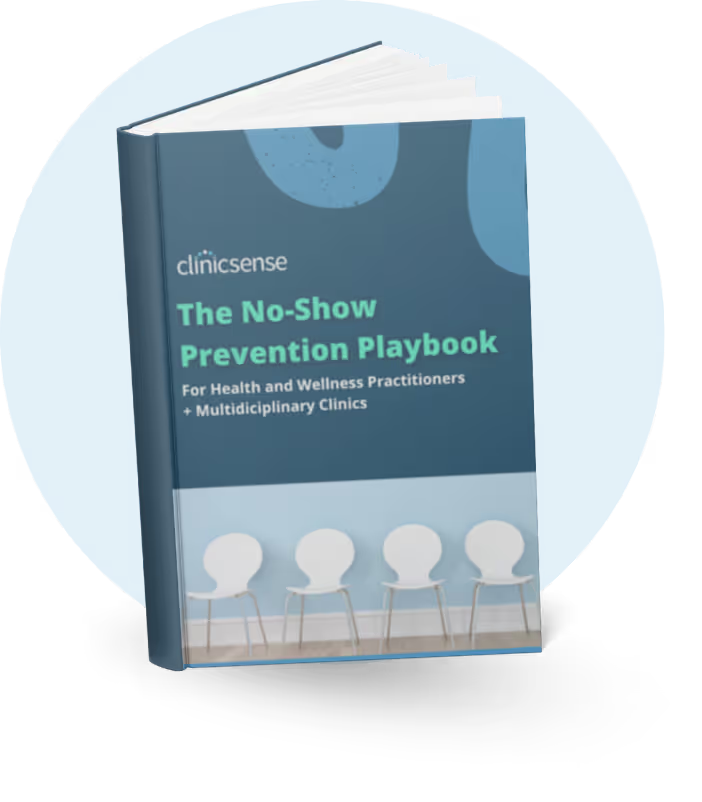Physical Therapy Business Tips
June 21, 2023

Physical therapy CPT codes and the world of insurance is confusing unless you majored in medical billing. If you're opening a physical therapy business, you need to know about these things. Using the right codes is the difference between earning a living and not getting paid. This simple guide gives you an overview of common CPT codes for PTs and when to use them.
Current Procedural Terminology (CPT) codes are used to report medical treatment, including physical therapy, to insurance providers. Their purpose is to streamline claim processing. The American Medical Association manages and develops these CPT codes and uses them to create guidelines for care review.
When you start a physical therapy business, you need to decide how you'll get paid. Will you bill patients directly or bill their insurance?
Opting to be an In-Network Provider requires entering into contracts with insurance companies. Treatment is typically billed in 15 minute increments. When you bill insurance, you use physical therapy CPT codes to report the details of the treatment provided. Then, the insurance provider reviews the codes to determine what qualifies for reimbursement.
Now, let's move on to the most common physical therapy CPT codes.
97110: Therapeutic Exercise
97140: Manual Therapy
97112: Neuromuscular Re-Education
97530: Therapeutic Activities
97150: Group Therapy
97750: Physical Performance Test or Measurement
97116: Gait Training
97535: Self-Care/Home Management Training
97761: Prosthetic Training
97161: PT Evaluation: Low Complexity
97162: PT Evaluation: Moderate Complexity
97163: PT Evaluation: High Complexity
97014: Electrical Stimulation (Unattended)
97032: Electrical Stimulation (Manual)
97124: Massage Therapy

Therapeutic exercise is any movement that's designed to improve ROM, strength, or flexibility after a surgery or injury. Include specifics about what muscles or joints were involved in the exercises.
Examples of Therapeutic Exercise include:
Manual therapy is used to decrease muscle contracture and restore mobility of joints and soft tissue. Hands-on therapies like manual traction, manual lymph drainage, passive range of motion, soft tissue and joint mobilization are considered manual therapy. This is not the same thing as massage therapy.
Neuromuscular Re-Education is used to retrain the brain. Exercises that improve the brain's ability to control balance, movement, posture, and proprioception fall under this CPT code.
Neuromuscular Re-Education includes things like:
Therapeutic activities use dynamic movements to improve functional performance. Dynamic exercises use the strength, stability, and flexibility needed for daily activities. The intention behind the exercise determines whether it's a therapeutic activity or a therapeutic exercise. If the purpose is to improve function, not just strength of flexibility, it's a therapeutic activity.
Consider the following when determining if an exercise is a therapeutic activity:
Group therapy is when the patient performs exercises with a group, instead of one-on-one with the PT. Patients don't necessarily have to do the same exercises as others in the group for treatment to be considered group therapy. A group is 2 or more patients that the physical therapist is supervising at the same time.
Physical Performances Tests or Measurements are required to assess a patient before designing a treatment strategy.
These assessments include:
Use the gait training code when treatment includes exercises intended to improve the patient's ability to walk and decrease their risk of falling. This includes exercises focused on strengthening the legs, and improving balance and posture.
Examples of Gait Training:
This is a treatment designed to help an injured or disabled patient be able to live independently. This includes exercises that improve their ability to: get in/out of bed or a wheelchair, get dressed, bathe, and other essential activities of daily living.
Prosthetic training is when you work with a patient with a new prosthetic limb. Use this code for assessment, fitting the patient for a prosthetic, and teaching them how to take it on and off. Prosthetic training is also used to help patients learn to use their new prosthetic for things like standing, walking, waving, holding an object, etc.
There are 3 tiers of physical therapy evaluation. The American Physical Therapy Association explains the tiers are determined by the following:

Here's a breakdown of which code to use when billing for a PT Evaluation:
97161: PT Evaluation: Low Complexity
97162: PT Evaluation: Moderate Complexity
97163: PT Evaluation: High Complexity
How you code electrical stimulation is determined by how you apply the modality.
97014 or G0283 for Medicare: Electrical Stimulation (Unattended)
If you simply place the electrodes on the patient, set the parameters, turn on the machine, and then remove the electrodes afterwards, this is considered unattended.
97032: Electrical Stimulation (Manual)
If electrical stimulation is applied in conjunction with having the patient perform a movement, this is considered manual. An example of this is performing muscle contractions, ROM, or gait training while electrical stimulation is being applied.
The massage therapy CPT code is different from the manual therapy CPT code because the techniques are different. Manually treating muscles using the following techniques is considered massage therapy: effleurage, petrissage and/or tapotement.
If your physical therapy business is a cash-based clinic, meaning you're an Out-Of-Network provider for all patients, the need for coding diminishes. The main purpose of CPT codes is to streamline claim processing. If you're not submitting claims to insurance providers, coding is less essential.
Out-Of-Network providers bill patients directly. It's up to the patient to request reimbursement from their insurance provider. You can add CPT codes to treatment details when you invoice patients directly. This gives patients something to submit to their insurance for reimbursement.
Accounting and documenting with physical therapy SOAP notes is easier when you use practice management software like ClinicSense. You can automate most of your administrative tasks, like invoicing patients. That frees you up to spend time doing other things, like learning physical therapy CPT codes.


.avif)
.avif)
.avif)









For 14 days